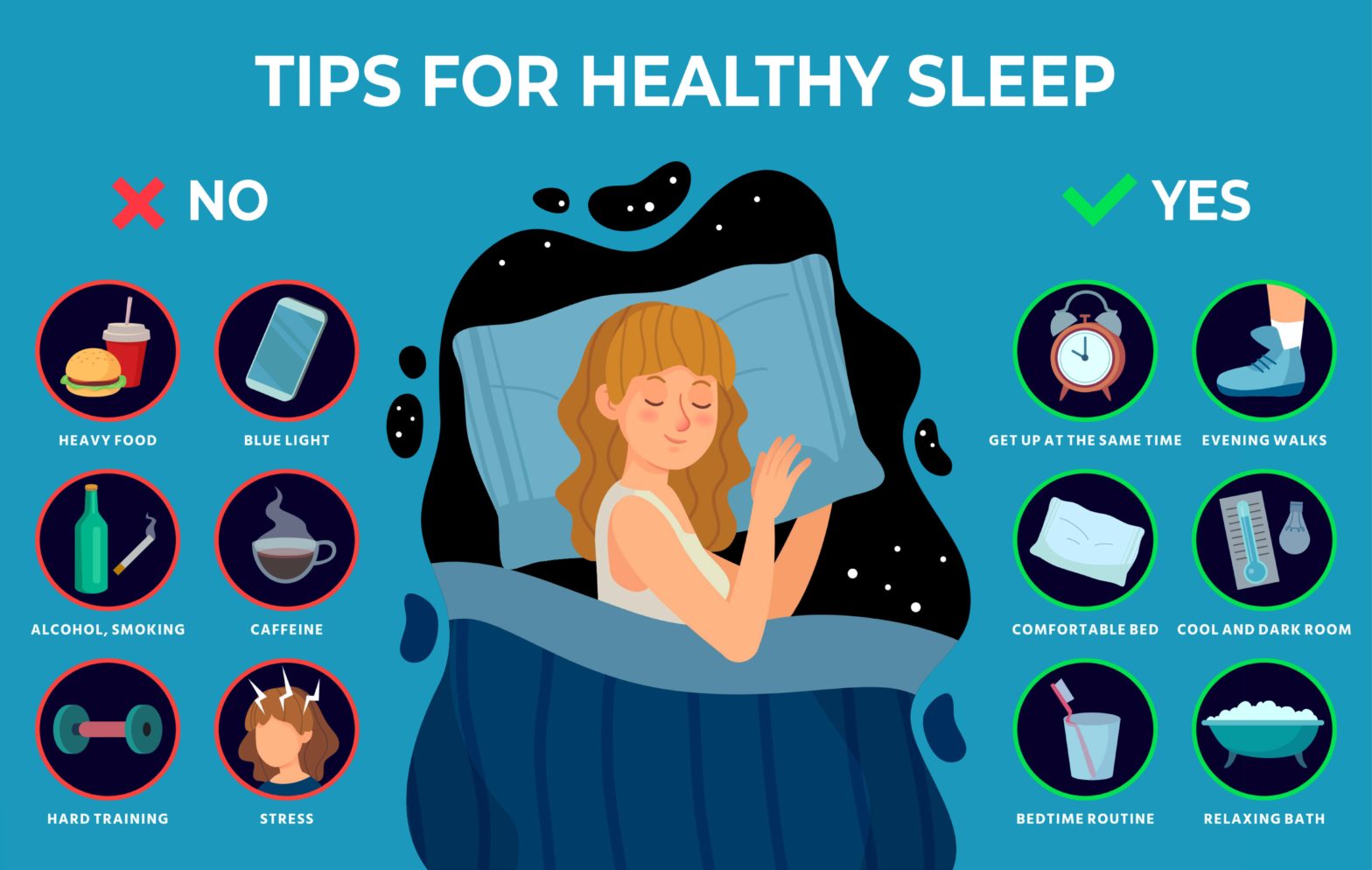
When you have a headache, a cold, or a minor ailment, you often turn to over-the-counter (OTC) medications for relief. These readily available remedies have become a common part of our healthcare toolkit. However, it’s essential to use them wisely and understand how they work.
What Are Over-the-Counter Medications?
Over-the-counter medications are drugs that you can purchase without a prescription from a healthcare professional. They’re designed to provide relief from common, non-severe health issues, such as headaches, allergies, pain, and indigestion. Unlike prescription drugs, they are available directly to consumers.
The Role of OTC Medications:
- Symptom Relief: OTC medications are primarily designed to alleviate symptoms. They won’t treat the underlying cause of an ailment but can make you feel more comfortable.
- Convenience: Their accessibility is one of their key advantages. You can find them in pharmacies, grocery stores, and even gas stations.
- Cost-Effective: OTC medications are often more affordable than prescription drugs and can provide relief without the need for a doctor’s visit.
Types of OTC Medications:
There’s a wide range of OTC medications, each tailored to specific symptoms. Some common categories include:
- Pain relievers: These are typically non-prescription versions of drugs like acetaminophen, ibuprofen, or aspirin.
- Allergy medications: Antihistamines can help alleviate allergy symptoms like sneezing and itching.
- Cold and flu medications: These may contain decongestants, cough suppressants, and fever reducers.
- Antacids: Useful for heartburn and indigestion.
- Topical creams: These can include OTC hydrocortisone creams for skin issues or pain-relieving creams for sore muscles.
Using OTC Medications Safely:
- Read the Label: Always read the label, including the active ingredients, intended use, and dosage instructions.
- Check for Interactions: If you’re taking other medications or have underlying health conditions, consult a pharmacist or doctor to ensure there are no potential drug interactions.
- Follow Dosage Instructions: Stick to the recommended dosage, and do not exceed it. More is not always better and can be harmful.
- Don’t Mix Medications: Avoid taking multiple medications with similar active ingredients simultaneously, as this can lead to overdosing.
- Consider Your Health: If you have underlying health conditions or are pregnant, consult a healthcare professional before taking OTC medications.
When to Consult a Healthcare Professional:
While OTC medications are useful for many minor ailments, there are instances where consulting a healthcare professional is essential. These include:
- Persistent Symptoms: If your symptoms persist or worsen after using OTC medications as directed.
- Severe Conditions: For any health issue you consider severe or an emergency.
- Complex Health History: If you have a complicated health history, are pregnant, or are taking other medications, consult a healthcare professional before taking OTC medications.
In Conclusion:
Over-the-counter medications are valuable tools for managing common, non-severe health issues. They provide convenience and cost-effectiveness. However, understanding how to use them safely is vital. Always read the label, follow recommended dosages, and be cautious about interactions or potential side effects. When in doubt or facing persistent or severe symptoms, it’s wise to seek the advice of a healthcare professional who can guide you on the best course of action for your health.





